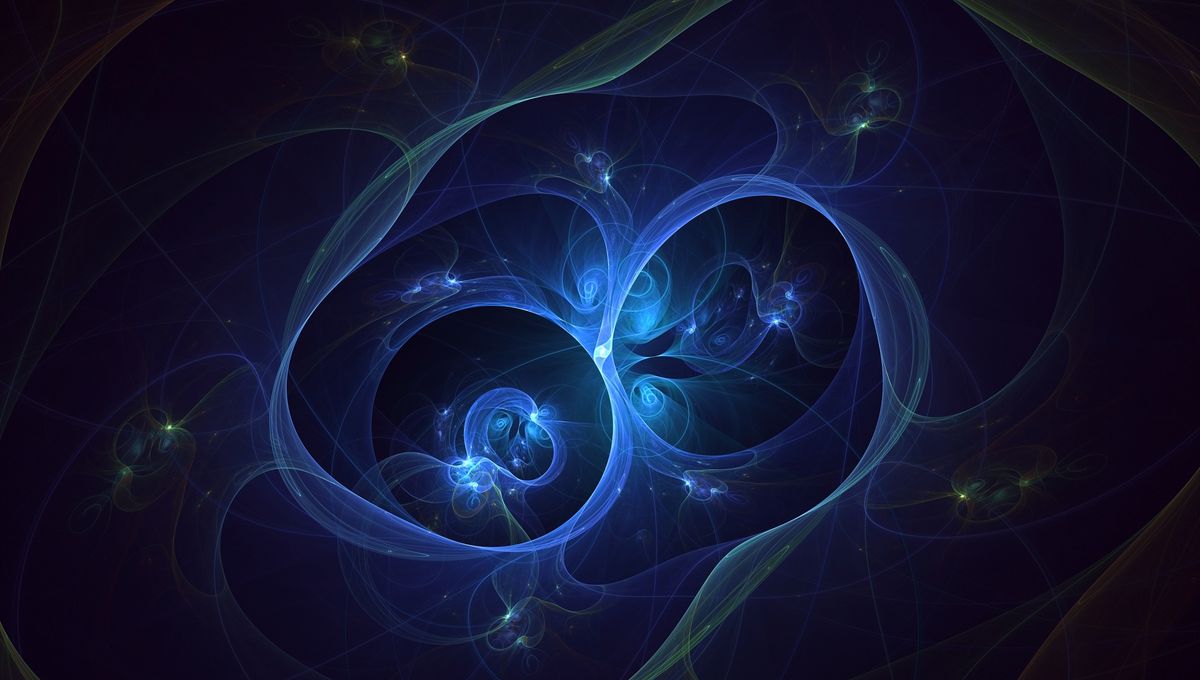
Particle accelerators are either built, like at CERN, or happen naturally around extreme cosmic objects. A new study suggests that the first particle accelerators might have happened at the very beginning of the universe, a mere fraction of a second following the Big Bang. They were caused by bubbles created by the rapidly changing universe, and accelerated particles to energies that had not been experienced by the universe ever.
The researchers called these accelerators bubbletrons. As the universe rapidly expanded, its temperature dropped. So it experienced phase transition, just like a gas condensing or a liquid becoming solid. Based on the Standard Model of particle physics, physicists expect that all four fundamental forces were acting as one at the very beginning. Gravity likely got away first, but is beyond the scope of the model so we shall ignore it for now.
The other three instead stayed as one for a little longer. The one that separated next was the strong nuclear force – one of the phase transitions. The other phase transition is when electromagnetism separates from the weak nuclear force.
These phase transitions are analogous to a boiling pot in the sense that within the bubbles, the forces have separated, and outside of it, they are still unified. Just like in boiling water, the bubbles are vapor surrounded by liquid. In the universe, these bubbles will expand, sweeping particles on their walls, until they merge with other bubbles. The formation of bubbles is predicted by some scenarios but not all of them. Another caveat is that to work as accelerators, they ought to move very fast. But if those requirements are met, a lot of cool things can happen.
“If these bubble walls are very fast, they will also accelerate particles that are swept by the expanding bubbles by the spanning walls to energies much larger than the energy that the universe has ever reached. And so these particles can collide and realize a particle accelerator and collider in the early universe,” corresponding author Dr Filippo Sala, from the University of Bologna, told IFLScience.
The energy is one trillion times higher than what we can achieve in the Large Hadron Collider. These particle collisions could create dark matter, even primordial black holes and weirder physics. Nothing else in the universe could have produced those kinds of things. The energy simply isn’t there otherwise.
The standard model of particle physics remains limited. Gravity, that we were so quick to dismiss above, doesn’t fit in it. And we know that gravity has to be involved somehow. Dark matter and dark energy too, are beyond the model. So how the phase transitions might have happened in the real universe might not match what did scenario envisioned.
“This is a theoretical idea that gives us the possibility of access to the highest energy scales even higher than the temperature that the universe has ever reached,” Dr Sala told IFLScience. “And the nice thing is that we can test it in different ways.”
The team actually thinks that if this or something similar took place, it should have produced a gravitational wave signal. One that might be observable – and not in the very distant future but in the near one. Depending on the scale of these transitions, a signal might be detected by the Einstein Telescope and the next generation of gravitational waves observatory on Earth. Or it will be spotted by LISA, which will measure gravitational waves in space.
It might be possible that it has already (sort-of) been detected by the Pulsar Timing Array, the incredible setup that uses the beats of pulsars to measure the gravitational wave background. Evidence for this background has been mounting, and over the next several years astronomers hope to better understand the sources of the signal. And maybe the incredible bubbletrons are there too among spiraling supermassive black holes.
The paper is available on the ArXiv.
Source Link: Incredible "Bubbletron" Particle Accelerators Might Have Existed In The Early Universe